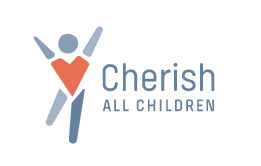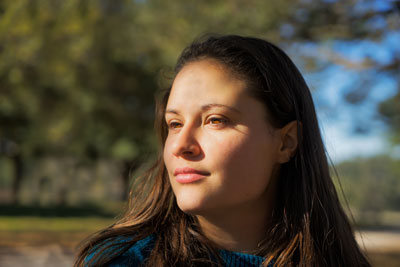
The Issues
We believe all young people should live in safe and healthy environments. Preventing child sexual exploitation and trafficking is possible.
Young people are inherently vulnerable, and those who seek to exploit or traffic a young person are experts at finding these vulnerabilities which leave a void in youth. Exploiters fill these voids with lies and deception, including promises of love, safety and care. This can happen in person or through online recruitment, and often happens over a period of time in order to build trust. Oftentimes a youth does not even know they are being exploited. A need is being met, a void is being fulfilled, and then they may find themselves in a dangerous situation they cannot see a way out of.
Youth from all socioeconomic classes, races, and cultures may be at risk for exploitation as false promises of love and emotional manipulation occur. Certain vulnerabilities, however, create greater risk for exploitation, including a history of sexual abuse, involvement in the child welfare or foster care system, or homelessness.
More than 6,000 youth in Minnesota alone experience homelessness on any given night, according to a recent Wilder Foundation report. About 90 percent of those youth have experienced trauma, and one-third have experienced violence and exploitation. Difficult circumstances put young people at risk of dropping out of school, chemical dependency, sexual exploitation and trafficking.
Each year, LSS makes thousands of contacts and provides youth with the services and resources they need to gain stability. By learning the facts and connecting with others, you can join with LSS and Cherish All Children to create awareness and work to prevent sexual exploitation and trafficking.
 What are Sexual Exploitation and Trafficking?
What are Sexual Exploitation and Trafficking?
A youth who has been sexually exploited is someone under the age of 18 who has engaged in, agreed to engage, or was forced into sexual conduct in return for the promise of anything of value, such as money, food, clothing, rent, or shelter. Minnesota Safe Harbor law includes anyone age 24 or under in this definition.
Sexual exploitation includes involving minors in pornography, threatening to or sharing sexually explicit photos or films, strip clubs and exotic dancing, or trading sexual acts for alcohol, drugs, or gang or group status.
Trafficking involves a third party, not the buyer or the victim, who facilitates and profits from the exploitation. Federal law indicates that any minor induced to perform a commercial sex act regardless of force, fraud, or coercion is a victim of sex trafficking.
Know the Warning Signs
Red Flags of Victims
- An older “boyfriend” or “girlfriend” and is secretive about him/her
- Sudden change in clothes or expensive gifts such as jewelry, new cell phone, manicures
- Loss of interest in school and/or favorite activities
- Distancing from friends (a control tactic)
- Signs of physical abuse and evidence of being controlled
- Fear, depression, or other unexplained changes in behavior
Tactics of a Trafficker
- Looks for a vulnerability that can be used to lure in a young person
- Bonds through extreme emotional highs (love & praise)
- Purchases gifts and takes “girlfriend” or “boyfriend” to parties with drugs & alcohol
- Separates a young person from friends and family
- Controls through cell phone, texting, calls and internet tracking
- Instills dependency and obedience through fear, threats
- Manipulates through feelings of guilt, shame and unworthiness
How to Help Someone at Risk
Don’t be afraid to tell. If you see something, say something. It could save a life. Tell a school counselor, police officer, or youth pastor if you think someone is being stalked or trafficked.
Add these numbers to your phone to report a tip or to get help:
- National Center for Missing and Exploited Children
1.800.THE.LOST - National Human Trafficking Resource Center Hotline
1.888.373.7888 - BeFree textline: text “Help” to BeFree (233733)
For additional resources, please view our Prevention Links page and our My Neighbor is Not for Sale guide.
